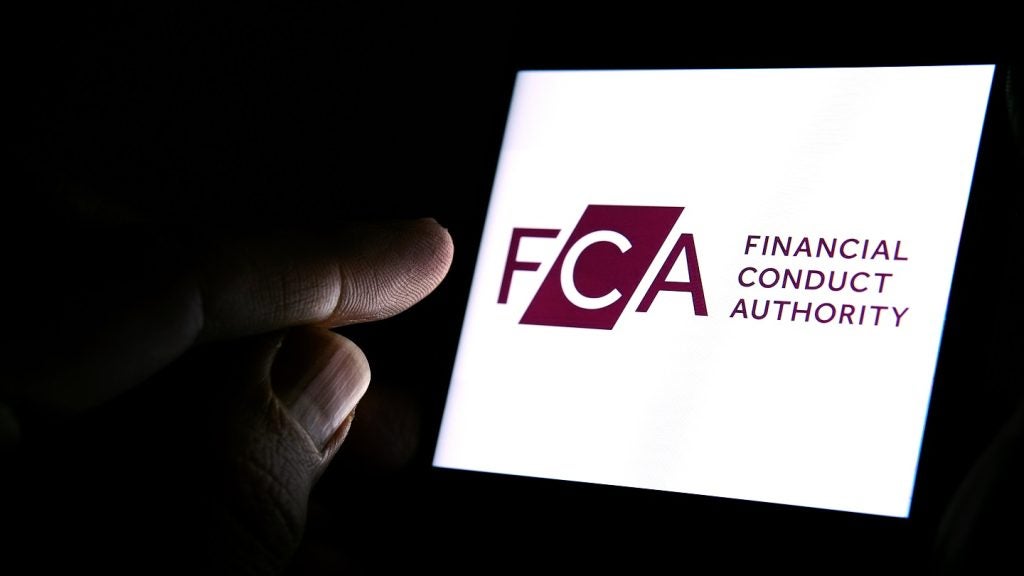All of Australia’s Big Four banks have
made cuts to fees in an attempt to placate regulatory unrest over
retail banking charges. National Australia Bank was the first to
move back in September. Dan Jones speaks with
Lisa Gray, the group executive for NAB personal banking, about
further charges simplification.
When Cameron Clyne took the reigns as CEO of National Australia
Bank (NAB) in early 2009, he brought with him a bold promise to
revamp the bank’s consumer-facing businesses, and the extent to
which the bank is intent on delivering on that promise is now
becoming clear.
Leading the way is an overdraft fee-cutting
initiative, which has already prompted the rest of the Australian
financial services industry to follow suit (see RBI 617), and has now been extended
further to include current account and credit card fees.
On 15 October NAB announced it was abolishing
more fees as of 22 January 2010, including the A$4 ($3.70) and A$5
service fees on its two most popular accounts – Classic and
e-Banking – a move the bank says will abolish fees for around 97
percent of all NAB personal transaction account customers, with
860,000 benefitting from the latest announcement.
Initial comments from Australian prime
minister Kevin Rudd were cautious. Rudd said NAB’s move was the
sign banks were starting “to do the right thing” but warned there
was “a long, long way still to go in terms of what banks are doing
for their customers”.
Treasurer Wayne Swan was more positive on
NAB’s latest move, saying it “lays down the gauntlet to all of the
other banks to reduce fees and charges… they’ve set a good example
here. Let’s see some of the others follow”.

US Tariffs are shifting - will you react or anticipate?
Don’t let policy changes catch you off guard. Stay proactive with real-time data and expert analysis.
By GlobalDataThat comment, made on 15 October, is
indicative of a public appetite for lower bank charges that has not
been satisfied by a summer of fee reductions.
Following on from a survey by the Reserve Bank
of Australia, published in May, which noted that Australian banks
collected A$4.85 billion in bank service fee revenue from
households in the 12 months to June 2008, NAB announced in July it
was cutting its A$30 overdraft account fee.
The uniform move to follow NAB’s lead sparked
off a price war in the sector that saw the likes of Commonwealth
Bank of Australia (CBA), Westpac, ANZ and ING Direct, the country’s
fifth-largest bank by deposits, all announce fee reductions of
their own.

No asterisk, no
disclaimers
The latest commitment from NAB to
simplification and transparency means that the new initiative will
include “no asterisk, no disclaimers and no rule requiring
customers to make a minimum monthly deposit”.
A further 10 transaction and savings accounts
will also see account service fees and a range of transaction
charges abolished; NAB says the only personal transaction account
to come with a monthly account service fee will be its gold banking
account, which comes with a range of other benefits.
The A$25 over-limit fee on all credit cards is
also being cut, with credit card late payment fees falling from
A$30 to A$5. Both changes will come into force on 22 December this
year; NAB is also introducing a free opt-in SMS payment reminder
service for customers who want to be alerted when their payments
are due.
Speaking to RBI, Lisa Gray, the group
executive for NAB personal banking who was promoted by Clyne to
head the bank’s consumer businesses in March 2009, said the bank is
“looking to be even more competitive. We want customers to have a
stronger relationship with us and we want to attract new customers
to NAB.”
That target, while common among retail banks
the world over, has become particularly important for NAB in recent
months.
Its retail banking market share continues to
lag behind that of its three main rivals – ANZ, CBA and Westpac –
while a quarterly Nielsen study published in September found that
just 42 percent of NAB customers surveyed in March 2009 would
recommend the bank, a statistic which again lagged its peers.
Figures released in September by the country’s
banking regulator, the Australian Prudential Regulation Authority,
showed that NAB was also behind its peers in terms of new home
loans, selling just 5.6 percent of all new mortgages issued, a
figure which was less than half of the 13 percent share claimed by
Westpac subsidiary St George.
Gaining market share
The Australian competition
regulator’s approval of NAB’s $385 million purchase of Challenger
Financial Services’ residential mortgage division on 7 October will
undoubtedly aid the bank in gaining market share, with Gray
describing the deal at the time as “an important component of NAB
personal banking’s growth strategy”.
But NAB’s recent announcements will be just as
crucial in convincing customers that it should represent their
first port of call for financial services. That turnaround has
already begun, according to Gray, who commented: “Continuing to get
rid of bank fees customers tell us they see as unfair is certainly
helping [our drive to be more competitive].”
Whether the move represents a concerted shift
to a largely fee-free personal banking sector remains to be seen.
Though the introduction of accounts such as ING Direct’s new Orange
Everyday package in Australia seem to represent a step in that
direction, NAB’s latest reductions have gone further than its
competitors, and are certainly far from cosmetic: Gray said that
the total hit in terms of annual revenue will amount to around
A$210 million.
“The revenue impact to abolish overdrawn
account fees on all our personal transaction and savings accounts
was A$100 million and the abolition of the monthly account service
and credit card fees which we announced last week will impact our
revenue by A$110 million,” she added.
According to Gray, NAB will not look to recoup
the fees via other methods, instead seeing the move as a long-term
investment in the bank’s future which will be repaid through
stronger customer relationships and a competitive advantage.
Reinvigorating the bank’s
standing
In a speech delivered in March 2009,
CEO Clyne outlined bank fees, improving access to financial
services for the disadvantaged and transparency on interest rates
as three key areas where NAB would look to improve its performance,
reputation and the way it was viewed in the community.
But NAB is not stopping there: a series of
other initiatives have also been launched in an attempt to
reinvigorate the bank’s standing in its domestic market.
“We have a multi-layered strategy over the
next two years across three main areas including restoring and
optimising our core banking platforms; using multi-channels and
multi-brands to deliver on customer needs; and differentiating
ourselves and leading the industry in offering customers fair
value,” said Gray.
These developments include the launch of
UBank, a personal banking business unit which is increasingly
becoming something of a pioneer in its employment of social media
to attract new-to-bank customers as well as increasing its use of
biometric technology.
Sam Jackel, programme manager, direct channels
speech programme at NAB personal banking, told RBI earlier
this year that feedback on the bank’s introduction of voice
biometric authentication for its personal banking customers had
been “overwhelmingly positive” (see RBI
616).
It is a similar story at UBank, which has
attracted more than double the targeted number of new customers to
NAB in its first full year. The unit is “perfectly placed” to
assist the self-serve or ‘DIY’ customer segment, predicted to grow
at 10 percent per year in Australia as more consumers turn to
direct banking channels, according to Gray.
Characterised by offering a range of accounts
with minimal associated charges, UBank has seen particular success
with USaver, its high interest online savings account, as well as
its term deposits for customers holding self-managed super
funds.
Both these products chime with the upper
echelons of the consumer banking market as well as the self-serve
segment, in keeping with NAB’s increasing focus on
segmentation.
“We are taking a very targeted approach, and
specifically focusing on four customer segments: premier customers,
mass aspirant, small business [micro, for example between one and
10 employees] and self-serve/DIY,” said Gray. “We don’t want to be
all things to all people like some of our competitors.”
|
PRODUCTS |
|||
|
NAB – 2009 fee and charge |
|||
|
Initial level (A$) |
New level (A$) |
Date of implementation |
|
|
Account service |
|||
|
Classic transaction account |
4 |
0 |
22-Jan-10 |
|
e-Banking transaction account |
5 |
0 |
22-Jan-10 |
|
Gold banking transaction account |
10 |
10 |
22-Jan-10 |
|
Clear Banking account |
6 |
0 |
22-Jan-10 |
|
NAB passbook account |
6 |
0 |
22-Jan-10 |
|
Credit card fees |
|||
|
Credit card late payment fees |
30 |
5 |
4-Dec-09 |
|
Credit card over limit fee |
25 |
0 |
4-Dec-09 |
|
Overdraft fees |
|||
|
Overdrawn account fees |
30 |
0 |
1-Sep-09 |
|
Miscellaneous fees |
|||
|
Branch withdrawal fee |
3 |
0 |
22-Jan-10 |
|
Cheque withdrawal fee |
1 |
0 |
22-Jan-10 |
|
(1) Fees and charges represent base fees |
|||







